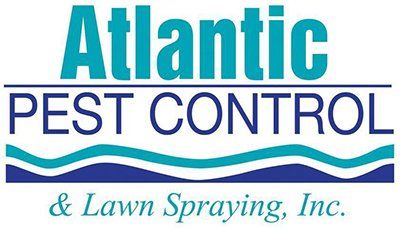Learn More About Our Services
FAQ's
- Q: How do I know if I need an exterminator?
A: Even if you have only a slight visible pest problem, there is a good chance that there are more pests lurking in and around your home. Treating a pest problem early helps to ensure that your problem doesn’t escalate into an emergency.
- Q: Do you guarantee your work?
A: We stand behind all of our work. If problems reoccur within a short amount of time we will return to your home free of cost.
- Q: How long will I need to leave my home?
A: The length of time depends upon the type of pest and the action taken. Some procedures don’t require the residents to leave their home, while others require you to leave for up to 3 hours.
- Q: Should I be home when the service technician arrives?
A: Residents are only required to be present for interior pest control services.
- Q: What practices reduce environmental stresses regarding my lawn?
A: Moderating nitrogen fertility, mowing at proper heights, irrigating when the grass needs water, and in shaded situations.
- Q: If my lawn is in a shaded situation, what should I do?
A: You should increase the mowing height, reduce fertilizer applications, reduce water use substantially, avoid the effects of foot traffic, monitor for weed pressure as well as for disease pressure, and consider other ground covers.
- Q: How should I mulch?
A: Apply mulch deep about 2 to 3 inches after settling to suppress weeds, use mulches made from recycled material such as sustainable sources, don't pile mulch against a tree, and be sure to leave a clear space for air to reach the trunk.
- Q: What are some things to consider before mowing my lawn?
A: Pick up all stones, sticks, and other debris before mowing to avoid damaging the mower or injuring someone with flying objects, avoid mowing wet turf with a rotary mower because clippings can clog the machine and mow only when the turf is dry. Also, sharpen the mower blade frequently enough to prevent a ragged appearance to the turf, use the highest acceptable mowing height for the grasses being grown, avoid removing more than a thrid of the foliage at one time, mow in a different direction every time the lawn is cut, don't remove clippings, if clumping occurse, distribute the clippings by re-mowing or by lightly raking, you can also use a leaf blower to distribute clippings.
Check your mower every time it is used and follow the manufacturer's recommendations for service and adjustments, adjust the cutting height by setting the mower on a driveway or sidewalk and using a ruler to measure the distance between the ground and the blade. Moreover, never fill a hot mower with gasoline, always wear heavy leather shoes when mowing the lawn, wash the mower after use to reduce rusting and weed seed movement, practice grass recycling and return nutrients to the soil. Compost if u must collect clippings, and use the compost as a soil modifier or mulch, do not direct clippings into bodies of water or onto impervious surfaces, sweep or blow back onto the lawn and clipping that are blown onto sidewalks and driveways, and when using mowers, string trimmers, edger and other equipment, avoid mechanical damage to trees and shrubs.
Contact Information
- Mon - Fri
- -
- Saturday
- -
- Sunday
- Closed





Area Served
Contact Information
- Mon - Fri
- -
- Saturday
- -
- Sunday
- Closed





Area Served
Business Locations
QUICK LINKS
Contact Information
- Mon - Fri
- -
- Saturday
- -
- Sunday
- Closed





